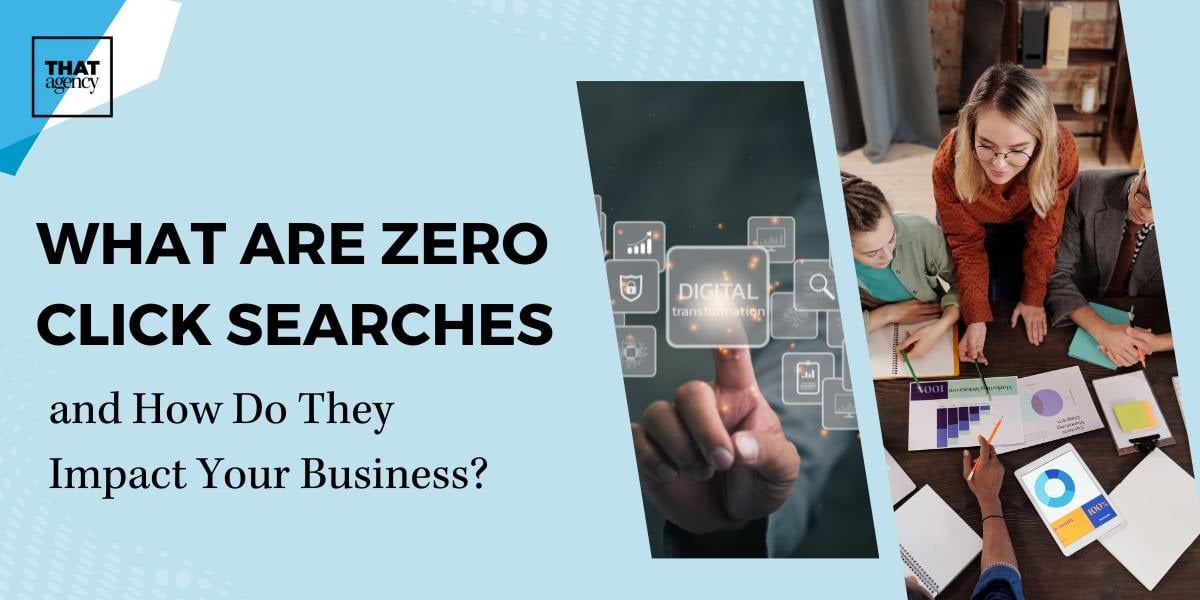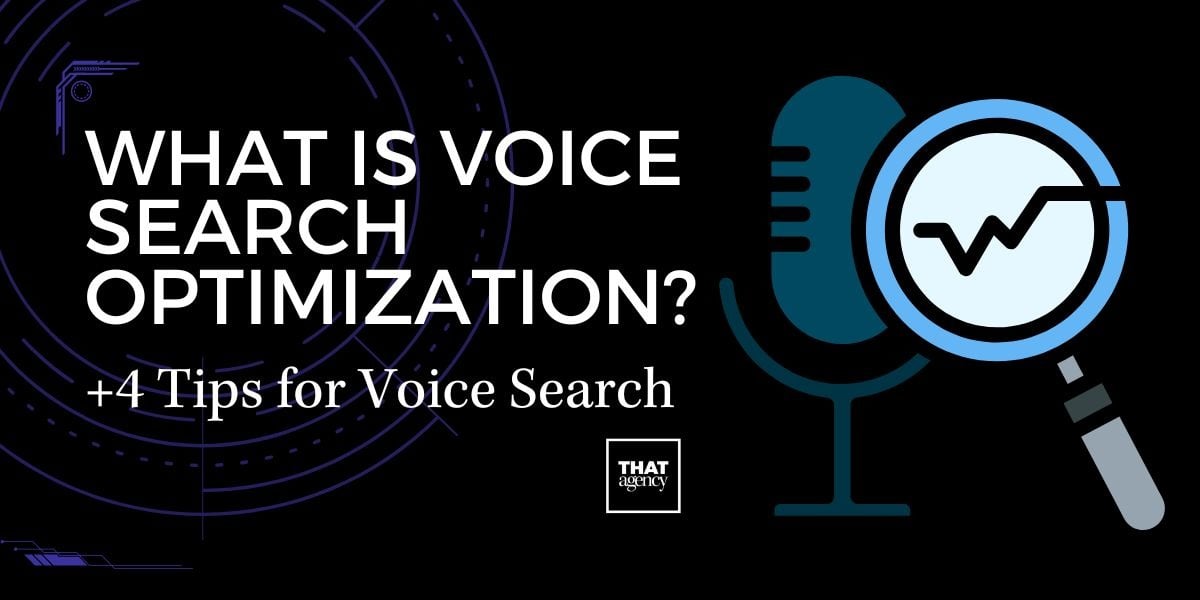Having a website is important, but if it doesn’t help turn visitors into customers, it’s not doing its job. A well-designed website should make it easy for people to find what they need, trust your business, and take action—whether that’s making a purchase, signing up for a service, or contacting you.

By following web design best practices, you can create a site that not only looks great but also works well. In this guide, we’ll cover the best ways to design a website that converts visitors into buyers and improves conversion rate optimization to get better results.
Why Good Web Design Helps Increase Conversions
Think of your website like a physical store. If it’s messy, hard to navigate, or slow, people will leave. But if it’s well-organized, easy to use, and visually appealing, customers are more likely to stay and make a purchase.
A website that converts visitors into buyers should include:
- A clean, professional design
- Easy navigation so users can find what they need
- Fast loading times
- A mobile-friendly layout
- Strong call-to-action (CTA) buttons
- Trust-building features like reviews and security badges
By following web design best practices, businesses can make sure their website helps them grow and succeed.
Top Web Design Best Practices for Higher Conversions
1. Make Your Website Mobile-Friendly
With more than half of all web traffic coming from mobile devices, having a mobile-friendly website is no longer optional—it’s a necessity. People expect websites to load quickly and function smoothly on their smartphones and tablets. If a site is difficult to navigate on a smaller screen, visitors will leave and look elsewhere. Additionally, Google ranks mobile-friendly websites higher in search results, meaning that sites not optimized for mobile use are at a disadvantage in terms of visibility and organic traffic.
Why is Mobile Optimization Important?
- Better User Experience – Visitors should be able to navigate your site easily, no matter what device they’re using.
- Higher Search Rankings – Google prioritizes mobile-friendly websites in search results, helping more people find your business.
- Increased Conversions – A smooth mobile experience encourages users to stay on your site longer and take action, such as making a purchase or signing up for a service.
- Faster Load Times – Many mobile users have limited patience for slow-loading sites. Optimized mobile sites reduce bounce rates and keep users engaged.
2. Keep Navigation Simple and Easy to Use
Website navigation is one of the most important elements of a good user experience. If visitors can’t find what they need quickly, they’ll leave and look elsewhere. A clear and well-structured navigation system helps users move through your site easily, find information fast, and take action—whether that’s making a purchase, filling out a contact form, or signing up for a newsletter.
Why is Simple Navigation Important?
A well-designed navigation system improves both user experience and business success. Here’s why keeping it simple matters:
- Reduces Frustration – Visitors don’t want to waste time searching for information. Clear menus make their journey smoother.
- Improves Engagement – When users can easily find what they’re looking for, they’re more likely to stay on your site longer.
- Boosts Conversions – Simple navigation helps users move through the buying process with fewer distractions.
- Enhances SEO – Search engines favor well-structured websites with clear navigation, which can improve your rankings.
Improve Site Speed for Faster Load Times
A slow website is one of the biggest reasons visitors leave before they even explore what you have to offer. Studies show that users expect a website to load in under three seconds, and if it takes longer, they’re likely to leave and look elsewhere. Not only does a slow website frustrate visitors, but it also affects your search engine rankings. Google prioritizes fast-loading websites in its search results because speed is a key factor in user experience.
Why Does Site Speed Matter?
Improving your website’s speed isn’t just about making it load quickly—it has a direct impact on how visitors interact with your site and whether they take action.
- Better User Experience – Fast websites keep users engaged and make browsing easier.
- Lower Bounce Rates – If a site loads too slowly, visitors will leave before interacting with the content.
- Higher Search Rankings – Google uses page speed as a ranking factor, so faster sites have a better chance of appearing higher in search results.
- Increased Conversions – Faster load times lead to higher sales, sign-ups, and engagement since users don’t have to wait.
4. Create Strong Calls-to-Action (CTAs)
A Call-to-Action (CTA) is one of the most important elements of a website. It directs visitors toward taking the next step—whether that’s making a purchase, signing up for a newsletter, scheduling a consultation, or downloading a resource. A well-designed CTA can mean the difference between a visitor leaving your site or becoming a customer.
Why Are CTAs Important?
Without clear CTAs, visitors may not know what to do next. A well-placed and well-worded CTA:
- Increases Conversions – Whether it’s making a sale, collecting leads, or gaining subscribers, CTAs guide users toward taking action.
- Improves User Experience – Visitors should never have to guess how to proceed. CTAs provide clear direction.
- Reduces Bounce Rates – A strong CTA keeps visitors engaged, preventing them from leaving your site too soon.
- Supports Marketing Goals – If you’re running a campaign, a CTA can help direct users to specific landing pages, increasing engagement.
Common Questions About CTAs
- Q: How many CTAs should I have on a page?
A: It depends on the page’s length and purpose. Short pages should have at least one clear CTA, while longer pages can include multiple CTAs spread throughout.
- Q: Should every page have a CTA?
A: Yes! Every page should direct users toward the next step. Even blog posts can include CTAs like “Download Our Free Guide” or “Contact Us for More Info.”
- Q: How do I know if my CTA is effective?
A: Use A/B testing to compare different versions of your CTA (different colors, wording, or placement) and see which one gets the most clicks and conversions.
- By using clear language, bold colors, strategic placement, and urgency, your CTAs will stand out, guide visitors, and increase conversions—turning website traffic into real business success.
3. Focus on Conversion Rate Optimization (CRO)
Building a visually appealing website is important, but the real goal is to turn visitors into customers, subscribers, or leads. Conversion Rate Optimization (CRO) is the process of making strategic improvements to your site to increase the percentage of visitors who take a desired action, such as:
- Making a purchase
- Filling out a contact form
- Signing up for a newsletter
- Downloading a resource
Even small changes can lead to big results, helping businesses get more conversions without needing to attract more traffic.
Why is CRO Important?
A website with high traffic but low conversions is like a store that gets plenty of visitors but very few sales. CRO ensures that the people who visit your site are more likely to take action, making the most of the traffic you already have.
Key Benefits of CRO:
- Increases revenue – More conversions mean more sales and profits.
- Improves user experience – CRO makes websites easier to navigate and interact with.
- Reduces customer acquisition costs – Instead of spending more on advertising, you maximize the visitors you already have.
- Provides data-driven insights – CRO helps you understand what works and what doesn’t.
When people visit a website, they want to feel confident that the business is reliable, safe, and worth their time and money. If a website looks untrustworthy or lacks credibility, visitors are unlikely to make a purchase or share their personal information. Building trust is essential for increasing conversions and creating long-term customer relationships.
By adding trust signals—visual cues and reassurances that prove your business is legitimate—you can increase customer confidence and encourage more sales.

Why is Building Trust Important?
Trust is one of the most important factors in a customer's decision-making process. If visitors hesitate to buy from you, it’s often because they’re not sure if:
- Your business is real – They may wonder if your company is legitimate or if they’ll receive their order.
- Their information is safe – Customers want to know their personal and payment details won’t be stolen.
- Your products or services are high quality – They need proof that others have had positive experiences.
- They’ll get what they paid for – Shoppers are cautious about scams and unreliable sellers.
The more trust you build, the more likely visitors are to:
- Complete a purchase instead of abandoning their cart.
- Sign up for a service without hesitation.
- Return to your website for future purchases.
- Recommend your business to friends and family.
7. Use Engaging Visuals
A website’s design plays a major role in whether visitors stay and explore or leave within seconds. First impressions matter, and visuals are often the first thing people notice when they land on a website. A well-designed site should look professional, be easy to navigate, and encourage visitors to take action.
However, using too many visuals or poorly designed elements can have the opposite effect—cluttered, distracting designs can overwhelm visitors and drive them away. The key is to strike a balance between engaging visuals and a clean, user-friendly layout.
Why Are Visuals Important in Web Design?
Visuals are essential because they:
- Grab attention and keep visitors engaged
- Improve user experience by making navigation easier
- Reinforce branding with consistent colors, fonts, and imagery
- Guide users toward important content, such as calls to action
If a website is visually unappealing, confusing, or outdated, visitors may question the business’s credibility and leave without taking action.
If a website is visually unappealing, confusing, or outdated, visitors may question the business’s credibility and leave without engaging further.
8. Optimize Your Website for SEO
Having a visually appealing and user-friendly website is important, but if people can’t find it, it won’t help your business. This is where search engine optimization (SEO) comes in. SEO is the process of making your website more visible on search engines like Google. When done correctly, SEO helps your site rank higher in search results, bringing in more visitors and potential customers.
Without proper SEO, even the best-designed website might not get the traffic it deserves. The goal is to make your site easy for both search engines and users to understand.
Why Is SEO Important for Web Designs
SEO is crucial because it:
- Increases visibility: Higher rankings mean more people can find your website.
- Brings in organic traffic: SEO helps attract visitors without needing paid ads.
- Improves user experience: A well-optimized website loads faster and is easier to navigate.
- Boosts credibility and trust: Websites that appear on the first page of search results are often seen as more trustworthy.
If a website isn’t optimized for SEO, it may struggle to appear in search results, leading to fewer visitors and lost potential sales.
Make Checkout Quick and Simple
For e-commerce websites, a complicated checkout process is one of the biggest reasons customers abandon their shopping carts. If the process takes too long or asks for too much information, buyers may get frustrated and leave before completing their purchase.
A streamlined, user-friendly checkout increases conversions by making it easy for customers to complete their transactions. The goal is to remove obstacles that might cause hesitation or frustration.
Why a Simple Checkout Process Matters
A long or confusing checkout process can lead to cart abandonment, meaning a potential customer adds items to their cart but never completes the purchase.
Key reasons why shoppers abandon their carts include:
- Being forced to create an account before checking out.
- Unexpected extra costs (like high shipping fees).
- A checkout process that takes too many steps.
- Limited payment options.
- Security concerns.
By making the checkout process smooth and efficient, businesses can increase sales and reduce abandoned carts.
How to Create a Website That Converts
A well-designed website isn’t just about looking good—it needs to turn visitors into buyers. By following web design best practices, businesses can create websites that are easy to use, visually appealing, and optimized for conversions.
Focusing on conversion rate optimization helps make small improvements that lead to big results. Whether it’s mobile-friendly layouts, fast loading speeds, or strong calls-to-action, every detail matters when it comes to increasing sales and engagement.
At THAT Agency, we specialize in designing websites that drive results. Need help optimizing your website for more conversions? Contact us today to see how we can improve your online presence and turn visitors into customers.




.jpg)